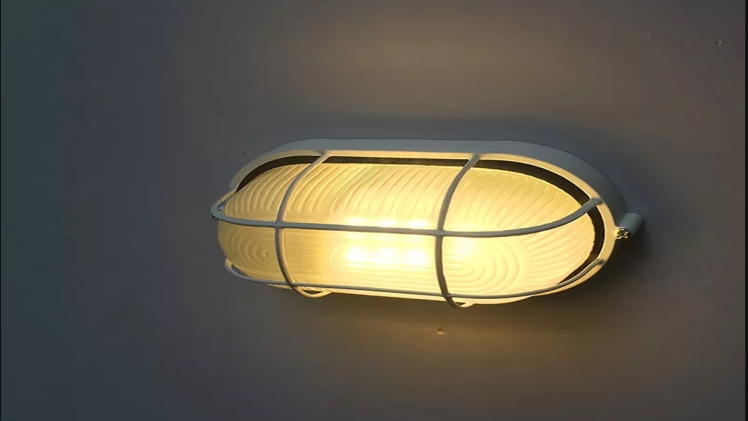When it comes to luminaires, security is one of the most important factors to consider. Outdoor luminaires must be protected against inclemencies to deter burglars. The Protection Index or IP rating is used to measure luminaire protection. This two-number code refers to the luminaire’s resistance to solid and liquid elements. The IP rating will vary depending on the type of luminaire. There also exists a lot of experience Electrician such as Electrician Delmar, NY.Electrician Nassau, NY Electrician Glenmont.
Lamps have protection against water, humidity, and other inclemencies
For the safety of your lamps, you need to choose those that are waterproof, humidity-resistant, and insulated. If not, there is a chance that they can catch fire. We will discuss some of the important features of waterproof and humidity-resistant luminaires and why you need them.
The experience Electrician Poestenkill, NY suggested Luminaires that have a water-proof design are ideal for bathrooms, shower rooms, and toilets. They are also ideal for areas with high levels of dust and steam. These lamps can be purchased individually or assembled into lighting lines for indoor and outdoor spaces. These luminaires are encased in polycarbonate and glass fiber reinforced polyester for increased protection against dust and moisture.
Luminaires have protection against extreme temperatures
Lumaria Lighting products are designed with protection against extreme temperatures in mind. These fixtures feature ATEX certification. These fixtures are protected against temperatures as low as -40degC and as high as 1000degC. Depending on their type, they can be used in areas that require explosion protection, or for indoor or outdoor locations with hazardous environments.
These lamps are made with durable, tempered glass that ensures protection against extreme temperatures. The lamp’s protective diffuser provides even illumination, preventing glare and shadows. They are also a good choice for ambient lighting. These fixtures come in a variety of colors, so you can find the right one to suit the room. A luminaire’s design has to facilitate heat dissipation. Heat dissipation is most effective if it is designed with fins that increase contact surface with air. Other ways to help the heat dissipation process are ventilation and improved airflow.
Another type of luminaire is a high bay light fixture, which is used for high ceilings. This type of luminaire has a long life and more lumens per watt. It can be equipped with a mercury vapor, metal halide, or high-pressure sodium. It also comes with a high-output fluorescent lamp that runs at low temperatures.
Unlike halogen bulbs, these lamps are safer to use. They are less susceptible to fires and have longer life. They also reduce operating costs.
Having familiarity electrician
Electrification can also reduce carbon dioxide emissions. By replacing fossil fuels with electricity, a region can reduce emissions from buildings, transportation, and industrial processes. In the United States, transportation and industrial emissions account for nearly 65 per cent of US greenhouse gas emissions. As such, addressing these sectors is essential to decarbonizing the economy.
Electrician Troy, NY Utility research is advancing tools to help utilities select the best electrification technologies for their regions. By sharing experiences, utilities can evaluate the technologies and benefits of electrification and develop benchmarks. In addition, by collaborating with industry organizations, government organizations, and end-use customers, utilities can develop standards and metrics for the implementation of electrification. Furthermore, they can use EPRI grid expertise to assess the impacts of electric technologies.
Commercial and domestic energy security
Commercial and domestic electrification is critical to achieving Sustainable Development Goal (SDG) 7. Achieving this goal requires reliable, affordable and stable energy. It also requires low-carbon investment and decarburization efforts. Currently, more than 789 million people in Africa are without access to electricity. The progress towards this goal is usually measured in terms of the number of people connected to the grid. However, this measure ignores the quality of service and is thus incomplete.
Conclusion
Governments may sell electricity services for a fee, which consumers pay. These fees are then used for developing new power and distributing electricity. This process may involve government-run facilities or privately developed power. A government can also sell its electricity system, but it should ensure that the new owner will invest in the infrastructure.

